10. Corpse Flower

Amorphophallus titanum or titan arum or corpse flower is the largest flowering plant. It is known for its largest unbranched inflorescence in the world. Titan arum will grow only in the equatorial rainforests of Indonesia in Sumatra. These are the rarest flowers because it takes nearly 7-10 years of time for a corpse flower to fully blossom. Some may not bloom after 7-10 years and some may bloom for every just 2-3 years. By its odor which is like a rotting corpse, the titan arum is named as a carrion flower. There are only a few corpse flowers around the world and efforts are being taken to preserve these kinds of species.
9. The Middlemist Red
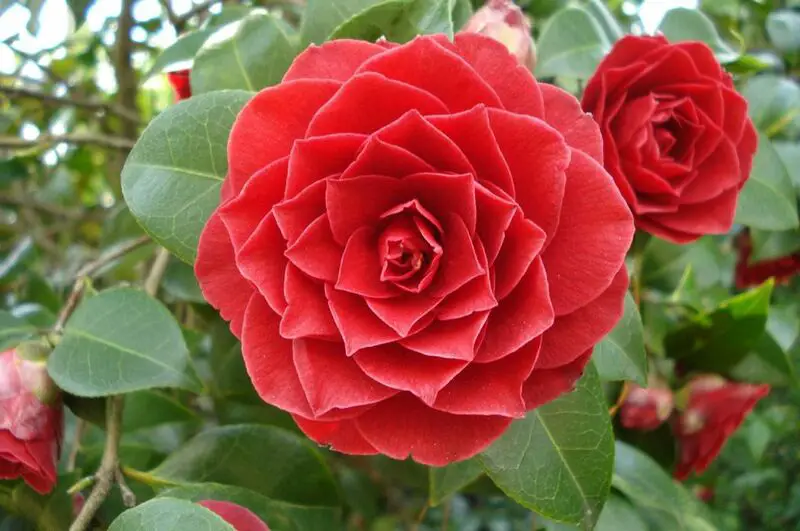
Middle mist is actually called the Camellia japonica and the name Middle mist came from the person called John Middlemist as he imported the flower from China to Britain in 1804. Only two of these plants are alive currently in the world which makes this the rarest flower on the planet. One flower is in New Zealand and the other one is in Great Britain which came from China. There are no flowers recorded over the few years in Britain and they started to bloom recently. This flower looks like the rose which will be grown in the wild forest areas.
8. Juliet Rose
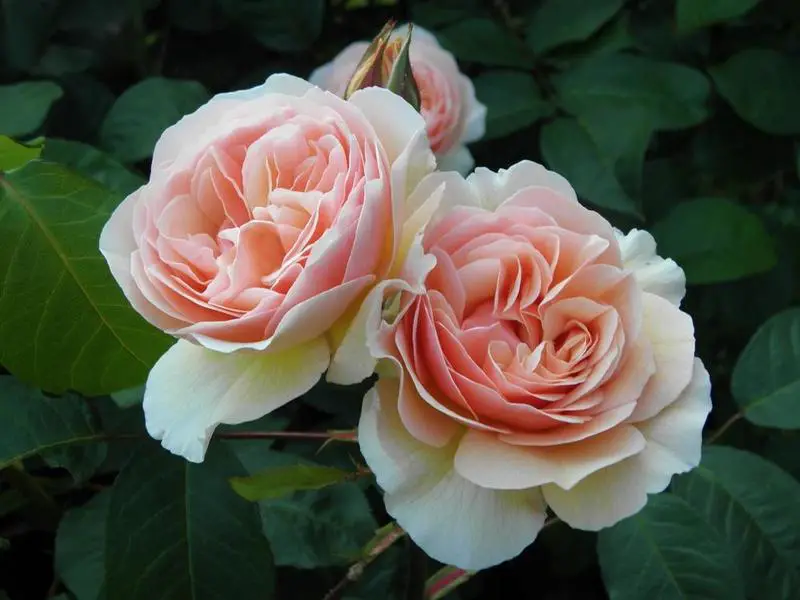
Juliet Roses are not only the rarest one but also the most expensive ever. It is considered the rarest one because it took 15 years of time for the rose breeder David Austin to grow this flower. This flower is mainly found in England and in the UK Juliet Rose is also known as Absolutely Fabulous Rose. The name “Julia Child rose” is named after the Chef Julia Child. This Rose flower is the All-American Rose Selections winner in the year 2006 also selected as Best of the Best in 2010. In 2011, won the “Gold Star of the South Pacific” at Rose trails in New Zealand.
7. Ghost Orchid
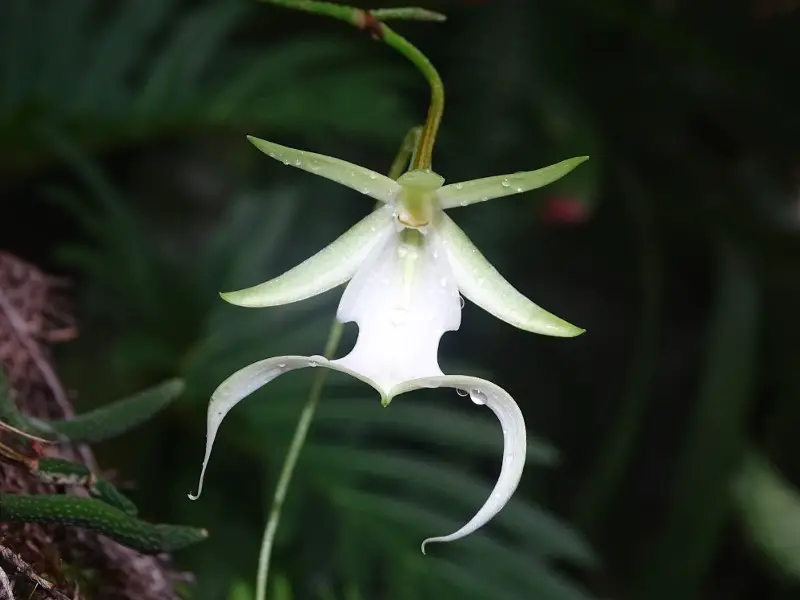
Ghost orchids are called different names in American and European countries and mainly found in Cuba and Florida. It doesn’t consist of leaves and at the root system, they need fungus for the food. Unlike others, they can’t create their own food and don’t require photosynthesis. Their flowers are also very rare as they don’t propagate. Due to these reasons, Ghost Orchids are the rarest one and there are only about 2,000 ghost orchids. They can live at the underground level for years and wait for the perfect condition to flower. In Summer, only 10 % of the plants flower each year.
6. Kadupul

This exclusive little plant grows only in Sri Lanka and is actually called a cactus or ghost flower. It always blooms at night and usually only once a year and will be dead before dawn. These flowers can never be bought simply because they are priceless and also the most expensive one. They are not related to the Selenicereus or to any tribe Cereeae species so it is sometimes referred to as night-blooming cereus. Flowers between late spring and late summer and largely cultivated mainly in tropical areas like Southeast Asia. In a single season, the large specimens can produce several crops of Kadupul flowers.
5. Fire Lily
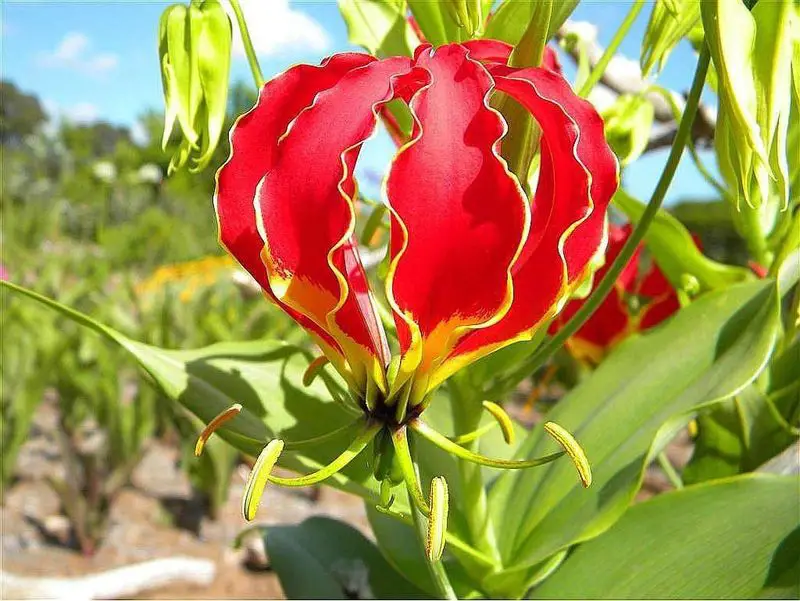
Fire Lilies are unique and the beautiful flowers, but at the same time they are poisonous. They are mostly found in South Africa and distributed in Europe widely. It grows in mountain meadows and on hillsides mainly in warm, sunny locations. There are two varieties of these lilies and only the last one produces secondary aerial bulbs which are called as bulbils in the axils of the upper leaves. The Fire lily matures after two to three years when their bulbils fall to the ground. They can easily be used for the propagation of the plant when they are manually separated from the stem.
4. Chocolate Cosmos
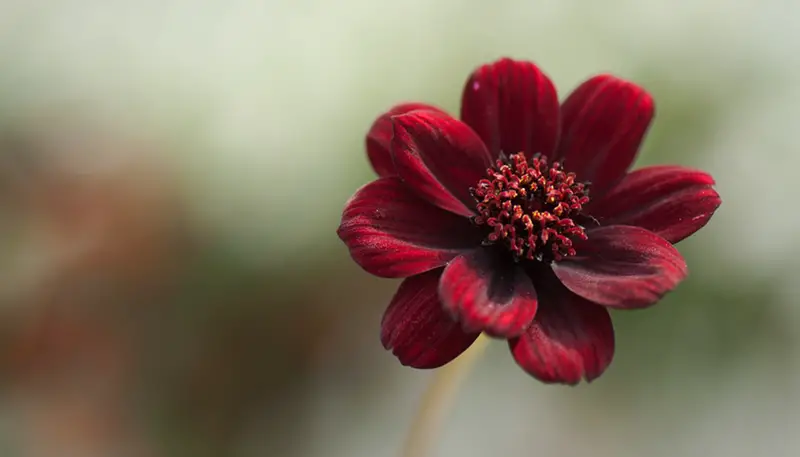
They are found extensively in the Mexico region. These are extinct in the wild over hundreds of years which makes them rare. Chocolate cosmos is the most popular cultivated plant having the smell of resembling chocolate so the name came. The species had started cultivation in 1885 and created a non-fertile clone in 1902. It requires mainly sunny places to grow and flowers during Midsummer to late summer. Cosmos flowers are brownish and dark red in color which grew around 3-4 cm. The plants are perennial which is easy to grow and will be the attraction among the many in the gardens.
3. Franklin Tree Flower

Franklinia or Franklin Tree flower is from the tea family of the monotypic genus. Its native is near Georgia, southeastern parts of the US. Besides extinct in the wild, it survives as an ornamental cultivated one. To mature from the seed capsule, the franklin tree requires 12 to 14 months which makes them rare. It pollinates in late summer or early rainy and they set fruits only during the subsequent summer. They are difficult to cultivate and have a good reputation among the gardeners. It needs particularly sandy, high-acid soil and not any clay soil, or excessive moisture which makes disturbance to its roots.
2. Jade Vine

Strongylodon macrobotrys or Jade Vine basically originated from the Philippines. Generally, they are a rare green colour hanging plant which grows in tropical or subtropical areas and their flower is in highly unusual blue-green jade colour. As they are only found in forest areas, the propagation has always been difficult. The plants hang in bunches up to 90 cm long and the flowers are about 7 cm long which hangs like the grapes in the garden. These are endangered species which bloom in the rainforest and seed capsules require nearly 12-14 months to mature. Jade vine flowers are normally pollinated by the bats.
1. Erythrina Schliebenii
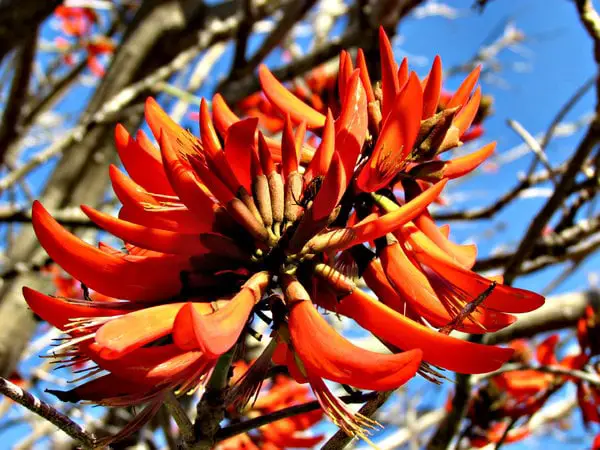
In the south-east area of Tanzania, during the botanical explorations, 50 bunch of trees were re-discovered in the year 2012 which is Erythrina Schliebenii. As per the statistics, only 10 to 50 trees are present now which makes them the rarest species. These trees grow only in the rocky areas that are not suited for any cultivation. The size of the tree is from 5 to 10 meters long, terminal leaflets are measured 14 centimetres wide while lateral leaflets are 14 cm long, and petioles are measured up to 8 inches long. Recently, the IUCN has named the tree in the status of critically endangered species.
